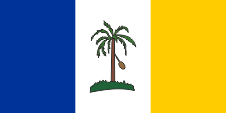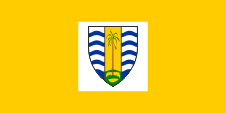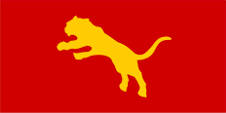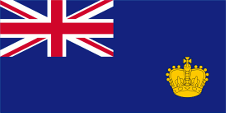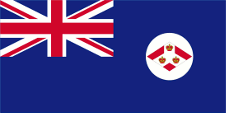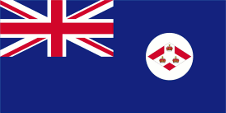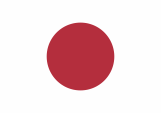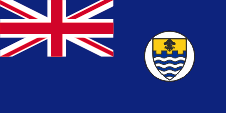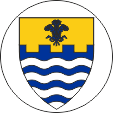 Clickable Map
Clickable Map
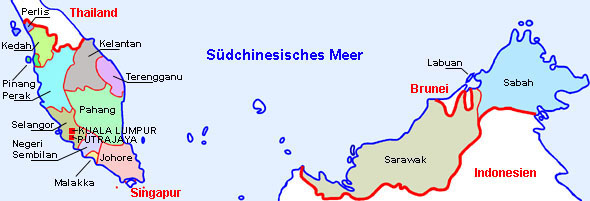
Map:
Volker Preuß, to Malaysia? →
click or tap here

Area: 398 square miles
Inhabitants: 1.740.405 (2020), thereof 43% Chinese, 41% Malays, 10% Indians
Religions: 44% Muslim, 36% Buddhists, 8% Hindu, 5% Christians
Density of Population: 4.372 inh./sq.mi.
Capital: Georgetown, 178.358 inh. (2005)
official Language: Malaysian
other Languages: Chinese, Penang Hokkien, English
Currency: Malaysische Currency
Time Zone: GMT + 8 h
Source:
Wikipedia (DE)

7th–11th cent. · to the Shrividjaja Empire
11th cent. · first mention of a state of Kadaram (Kedah) in the region, to which today's Penang belongs
12th cent. · Islamisation
14th-15th cent. · to the empire of
Siam
15th cent. · Conquest by
Malacca
17th cent. · Portuguese attacks, Kedah temporarily comes under the control of the Sultanate of
Aceh
1786 · the Sultan of Kedah calls for the
British East India Company against Siam (Thailand), Francis Light occupies Penang Island and develops it to a base
1800 · the British East India Company acquires the mainland across from Pinang Island (Wellesley Province)
14th of August 1826 ·
Singapore becomes joined with Penang and
Malacca to the colony of the "
Straits Settlements" under the supremacy of the British East India Company, seat of government is Gerorge Town on Pinang Island
1832 · the seat of government of the Straits Settlements becomes transfered from Penang to Singapore
1858 · the administration of the Straits Settlements becomes handed over to
British India
1st of April 1867 · the Straits Settlements become a British crown colony
1941 · Japanese conquest
1945 · withdrawal of the Japanese
1st of April 1946 · formation of the Malay Union by confederation of the Malaysian Sultanates (British protectorates) and the Straits Settlements (British crown colonies), but without Singapore. Penang (inclusive Wellesley) as a British colony becomes in this way a part of the union
1948 · re-organization of the Malaysian Union, creation of the Malaysian Federation under a British High Commissioner
31st of August 1957 · independence and proclamation of the Kingdom of Malaysian Federation
16th of September 1963 · proclamation of the Kingdom of
Malaysia by confederation of the Malaysian Federation (Malaya) with the former British colonies
Sarawak,
Sabah (North Borneo) and Singapore.
Brunei rejects the joining and remains at Great Britain
9th of August 1965 · Singapore leaves the Federation of Malaysia
Source:
Atlas zur Geschichte,
Wikipedia (D),
Discovery '97,
Weltgeschichte

The name Pinang derives from the modern Malay name "Pulau Pinang", which would be translated as "Areca Nut Island" or "Betel Nut Island". Originally, the island in this region was called "Pulau Ka-Satu", the "First Island", because it was the first large conspicuous island on the sea route between Lingga and Kedah. The Siamese also called the island this, but in their language "Koh Maak". The actual root of the name Pinang goes back to their 15th century Chinese name: "Binlang Yu" ("Arekanuss Island"). The Portuguese scholar Emanuel Godinho de Eredia then mixed Chinese and Malay to "Pulo Pinaom" in the 16th century, which became "Pulau Pinang" many years later. Other, poetic names that are readily given to the country are: "Pearl of the Orient" and "Island of Pearls" ("Pulau Mutiara").
Source:
Wikipedia (EN)


![]()

